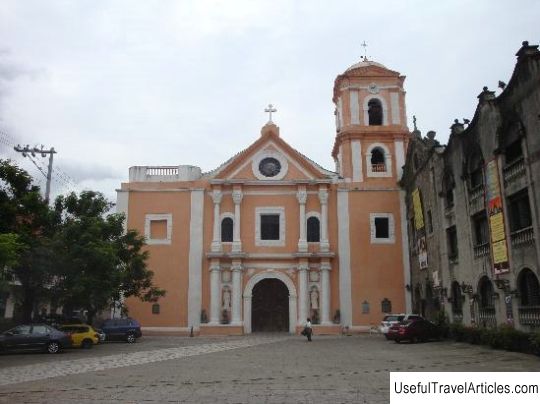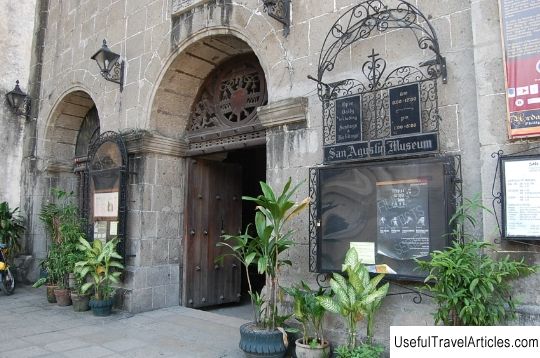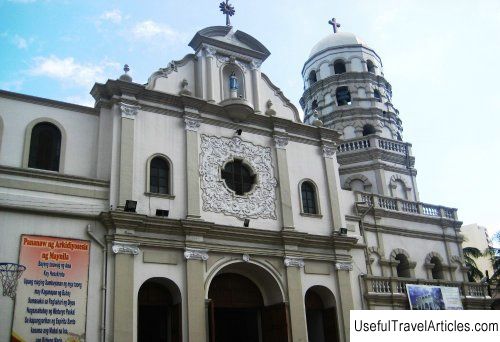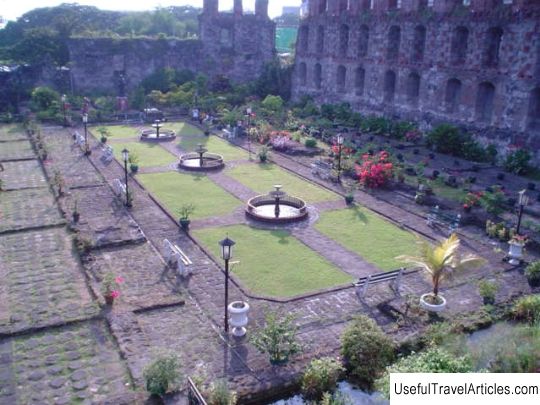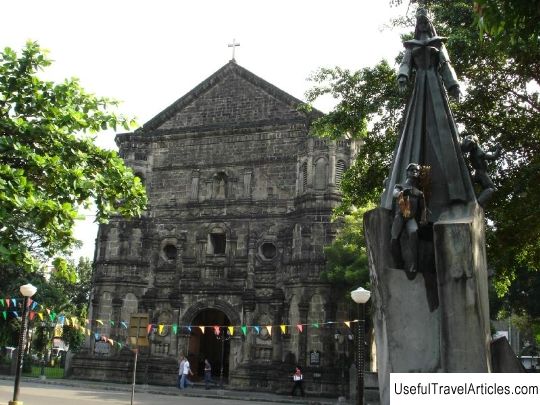Church of St. Augustine (San Augustin Church) description and photos - Philippines: Manila
Rating: 8,0/10 (8611 votes) San Augustin Church description and photos - Philippines: Manila. Detailed information about the attraction. Description, photographs and a map showing the nearest significant objects. The title in English is San Augustin Church. Photo and descriptionThe Church of St. Augustine is a Catholic church under the patronage of Augustinian monks and located in the historic Intramuros district of Manila. Built in 1607, the church is the oldest building in the Philippines. In 1993, along with three other Filipino churches built during the Spanish colony, it was included in the UNESCO World Heritage List in the category “Philippine Baroque Churches”. In addition, since 1976, the Church of St. Augustine has been a national historical landmark protected by the government of the country. The current church is the third in a row, erected on this site in honor of St. Augustine. The first church was also the first religious building built by the Spaniards on the island of Luzon. Made of bamboo and palm wood, it was completed in 1571, but after three years it burned down in a fire. The second church - also wooden - was also damaged by a massive fire in 1583. Members of the Order of St. Augustine decided to rebuild the church, but this time to build it out of stone. They also decided to build a monastery nearby. Construction began in 1586 and dragged on for many years due to lack of funds and materials. Only in 1604 the monastery began to operate, and the church was officially opened in 1607. In 1762, the Church of St. Augustine was plundered by British soldiers who occupied Manila during the Seven Years War. Only in 1854 were restoration work carried out under the direction of the architect Luciano Olivier. Nine years later, a massive earthquake struck Manila, leaving the city in ruins. and only the Church of St. Augustine miraculously survived. Another strong earthquake occurred in 1880, as a result of which the left bell tower of the church collapsed. It is said that it was the elliptical foundation of the church that allowed it to survive so many devastating earthquakes. In 1898, it was here, in the Church of St. Augustine, that the Spanish Governor-General Fermig Joudenes transferred control of the Philippines to the United States of America. And during the Japanese occupation of the island in World War II, the church was turned into a concentration camp for prisoners. In the final days of the Battle of Manila, hundreds of Intramuros residents and clergy were held hostage by Japanese soldiers, many of whom were later brutally killed. However, the church itself survived the bombing of Intramuros - the only one of the seven churches in the area. But the nearby monastery was completely destroyed, and only in the 1970s was it restored and turned into a museum. Today the Church of St. Augustine is a valuable historical and cultural monument of the Philippines. Its facade is rather modest; it is often said here that it lacks grace and charm. But it is famous for its Baroque decorations, especially the carvings on wooden doors. The inner courtyard of the church is decorated with several granite lion sculptures donated by Chinese Catholics. Inside, the church is shaped like a Latin cross with 14 side chapels and an amazingly beautiful ceiling, painted in 1875 by Italian artists. Above the choir are benches, hand-carved from tropical wood in the 17th century. The church houses the graves of the Spanish conquistadors Miguel Lopez de Legazpi, Juan de Salcedo and Martin de Goity, as well as several governors-general and archbishops.     We also recommend reading Church of St Francis - description and photos - Greece: Rethymno rec Topic: Church of St. Augustine (San Augustin Church) description and photos - Philippines: Manila. |
